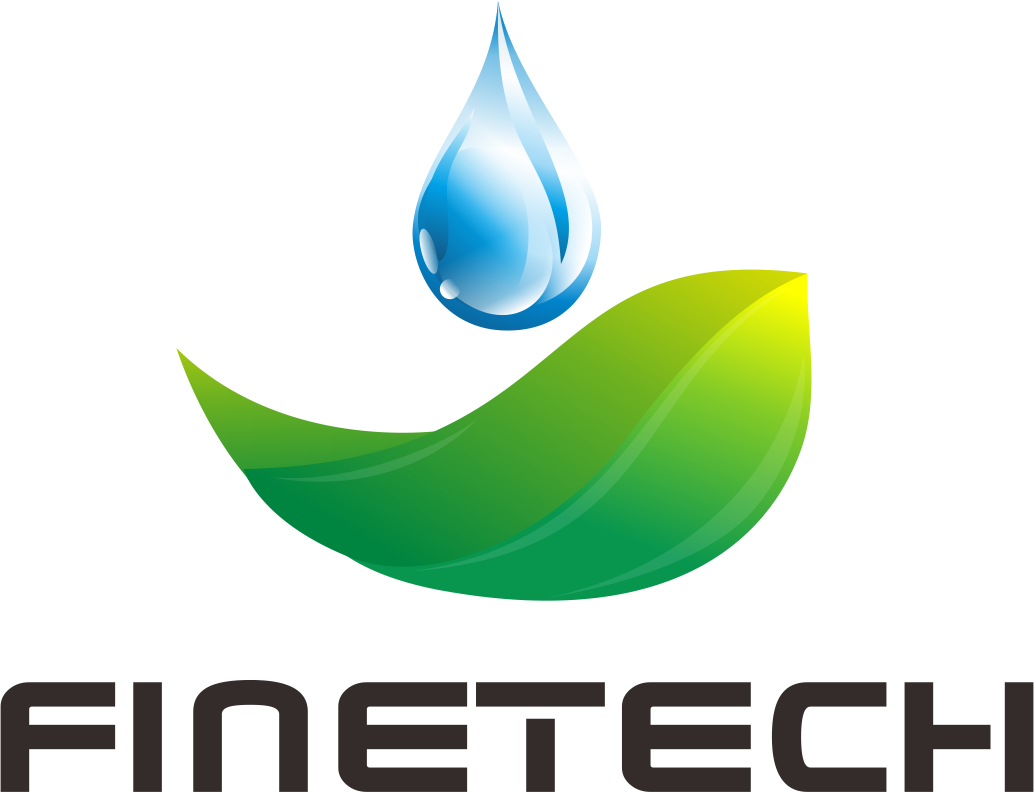Trying to source taurine efficiently? Facing volatile prices and shifting rules? Understanding market trends is crucial for smart procurement decisions. Let's break it down.
Key trends impacting taurine procurement include supply chain disruptions driving price volatility, high demand from Asia-Pacific/North America, evolving European regulations, growing emphasis on sustainability, and ongoing production cost innovations.
As a supplier, I see these trends directly affecting how clients source ingredients. Staying informed helps manage risks and secure reliable supply. Let's explore these key factors shaping the taurine market today.
How Are Supply Chain Disruptions Affecting Taurine Pricing?
Seeing wild taurine price swings? Wondering why? Let's quickly check the impact of supply chain problems.
Supply issues (logistics, raw materials, energy costs) directly raise taurine production costs, causing unpredictable prices and delays for buyers.

Global supply chains are fragile. Taurine production1 (mostly China) faces issues:
- Logistics: High freight rates, container shortages cause delays/costs.
- Raw Materials: Chemical input prices fluctuate (oil).
- Energy Costs2: Production needs lots of power; rising costs hurt.
- Other Factors: Geopolitics, pandemic effects add uncertainty.
This means buyers face price volatility and longer lead times – major headaches. At FINETECH, we work closely with factories and logistics partners to minimize these impacts for our clients, aiming for stable pricing and delivery.
Factors Influencing Taurine Price:
| Factor | Impact on Price | Notes |
|---|---|---|
| Logistics Costs | Increase | Freight, containers |
| Raw Material Costs | Increase | Chemical inputs |
| Energy Costs | Increase | Factory power |
| Capacity/Demand | Affects | Market balance |
What Regions Drive the Highest Demand for Taurine?
Where is taurine most used? Which markets matter most? Let's quickly pinpoint the key demand areas.
Asia-Pacific (especially China) and North America lead taurine demand, mainly for energy drinks, pet food, infant formula, and supplements.

Knowing demand centers helps understand the market:
- Asia-Pacific: Largest market (China leads production/use). SE Asia growing.
- North America: Huge market (energy drinks, pet food, supplements).
- Europe: Stable demand (energy drinks, pet food), strict rules.
- Middle East: Growing market (energy drinks, supplements).
Key Applications Driving Demand:
- Energy Drinks (Largest)
- Pet Food (Essential for cats)
- Infant Formula (Essential)
- Dietary Supplements (Growing)
Demand Summary:
| Application | Key Regions | Trend |
|---|---|---|
| Energy Drinks | Global (Asia/NA) | Growing |
| Pet Food (Cat) | Global (NA/EU) | Stable |
| Infant Formula | Global | Stable |
| Supplements | Global (NA/Asia) | Growing |
How Do Regulatory Shifts in Europe Influence Taurine Trade?
Are EU rules confusing for taurine imports? How do they affect buying? Let's quickly cover European regulations.
EU rules (REACH, EFSA) demand high purity, full documents, and traceability for taurine imports, influencing supplier choice and trade.

Europe's strict rules impact taurine imports significantly:
- High Purity Needed3: Must meet EFSA/Ph. Eur. specs.
- Lots of Paperwork: Requires CoAs, specs, maybe REACH data.
- Traceability: Batch tracking is essential.
- Higher Costs: Compliance adds costs.
- Strict Supplier Vetting4: Non-compliance blocks imports.
FINETECH ensures our taurine meets EU standards and provides all needed documents, vital for our European clients.
Key EU Compliance Points for Taurine:
| Requirement | Importance |
|---|---|
| Purity Specs | Mandatory |
| Documentation | Mandatory |
| Traceability | Expected |
| Quality Systems | Expected |
Are Sustainability Practices Reshaping Taurine Supplier Selection?
Is 'green' sourcing important for taurine now? How does it affect supplier choice? Let's quickly look at sustainability.
Yes, sustainability matters more now. Buyers increasingly check suppliers' environmental (energy/waste) and ethical practices when selecting them.

Sustainability is becoming a standard expectation. Buyers look at:
- Environmental: Energy/water use, waste management, emissions.
- Ethical: Fair labor, safe conditions.
- Transparency: Sharing data, certifications (ISO 14001).
Large companies often require suppliers to meet sustainability goals. Suppliers demonstrating good practices have an edge.
Key Sustainability Checks:
| Area | Example Focus |
|---|---|
| Energy/Emissions | Efficiency, Renewables |
| Water/Waste | Treatment, Reduction |
| Social | Fair Labor, Safety |
| Transparency | Data Sharing, Certs |
What Innovations Are Reducing Taurine Production Costs?
Is taurine getting cheaper to make? What new methods help? Let's quickly look at cost-reduction innovations.
Innovations aim to optimize chemical synthesis (better yield, less energy) and explore biotech methods (fermentation) to lower taurine production costs.

Most taurine is made via chemical synthesis. Cost reduction focuses on:
- Improving Chemical Routes5: Better yields, less energy, streamlined steps. This is the main focus now.
- Exploring Biotech6: Using microbes (fermentation) or enzymes. Potentially greener but still costly/complex to scale vs. chemical methods.
Successful cost reductions can lower market prices. FINETECH monitors these developments to ensure access to efficiently produced taurine.
Cost Reduction Methods:
| Approach | Status | Potential |
|---|---|---|
| Chemical Optimize | Ongoing | Moderate/Stable |
| Biotech/Ferment | R&D / Pilot | High (Long Term) |
Conclusion
Taurine procurement is complex, influenced by supply chains, demand, rules, sustainability, and innovation. Working with informed suppliers helps manage these factors successfully.
-
Understanding the challenges in Taurine production can provide insights into the fragility of global supply chains and their impact on various industries. ↩
-
Investigating the impact of energy costs on manufacturing can help understand the economic pressures faced by industries reliant on energy-intensive processes. ↩
-
Understanding these specifications is crucial for compliance and successful importation of taurine into Europe. ↩
-
Learning about these processes can help ensure that your suppliers meet the necessary compliance standards. ↩
-
Discover cutting-edge techniques that enhance yields and reduce energy consumption in taurine production. ↩
-
Learn about innovative biotechnological approaches that could revolutionize taurine synthesis and make it more sustainable. ↩


